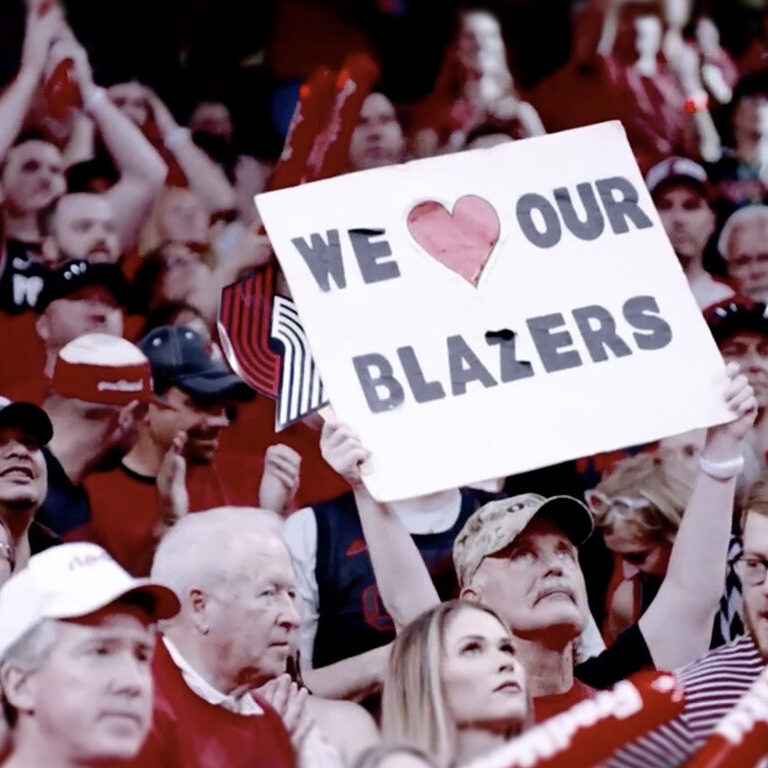This Future of Sorts Broadcasting post was written for the Institute of Sport and reproduced here with their permission.
I first talked about this subject at a recent sports conference where “digital disruption” was the keyword so I decided to put pen to paper on the subject for my contribution to iSport. This is so that in 5 years’ time, whichever way it goes, you can come back to me and we can compare notes!
The viewing habits of consumers are changing. No longer does a family of four sit in front of a TV screen, rapt with attention as the opening credits roll, and are still glued to the screen as the closing credits appear. Instead, while the family of four may still feature, two of them will be on their phones, one will have an iPad, and the feature film in the background may be missed, paused, or watched at the same time as the latest Grumpy Cat video.
So as our viewing habits change, so too is the TV rights model for the sports industry – and we can already see the signs around us.
SIGNS OF TROUBLE IN SPORTS BROADCASTING
Take the situation in California where Time Warner and fans of the Los Angeles Dodgers have been at an impasse over the broadcaster’s intent to recover their rights fee by passing on the cost to the consumers via their pay-tv subscription. Sounds logical, right?
Or the problem ESPN is having because they’ve committed to USD 4.75 billion in annual rights fees to MLB, NBA, and NFL, etc., and had intended to cover them with their subscription of USD 6 per month. That’s how the industry works isn’t it?
Well no, that doesn’t seem to be the case anymore. In fact, according to the “Future of the Sports Fan” by Performance Communications and Canvas8, 73% of sports fans (and that’s Time Warner and ESPN”s sports viewers) want to access content “whenever I want”. And that doesn’t always mean when the broadcaster has slotted it into their schedule.
The result for Time Warner is they can’t find a home for the Dodger’s local feed, and ESPN is losing subscribers at a rate of hundreds or thousands per year.
So what else is going on that suggests the sports TV rights industry is about to digitally disrupt? Well, according to Digital TV Research the global OTT (over-the-top) TV market is expected to be worth USD 51.1 billion by 2020–broadcasters know this and that’s led to a raft of opportunities for sports fans to view streamed content where and when they want it.
Fox Sports have seen it, so their GO Live product is now available on Chromecast and Xbox One.
Even YouTube recently proclaimed they’re now “an option for rights holders large and small” after getting the Henley Royal Regatta “on screen” for the first time in 33 years. And carrying on the “social” theme, we have Twitter broadcasting Thursday Night Football in partnership with the NFL and Table Tennis England using TheSPORTbible’s Facebook page to reach an unprecedented 2.1m people with their recent tournament via Facebook Live.
And at the recreational level, HockeyTV provides the hundreds of thousands (maybe even millions) of grassroots ice hockey fans around the world with the opportunity to watch the Saskatchewan Junior Hockey League for just USD 29.99 per month!
And those are just a few examples of the way broadcasters approach this opportunity. EuroSport recently said it themselves:
“We own it all and when we go to the player and charge $8 per subscriber we’re in a whole different game. For us, EuroSport direct-to-consumer (d2c) fills the full circle of where the world is going.”
SO HERE’S THE “WHAT IF” –
Let’s look at the recent 2014 FIFA World Cup in Brazil. The publicly available stats are USD 1.7 billion in rights fees from the TV broadcasters, with an average TV audience of 186.7 million households. So that’s USD 9 per home… For the FIFA World Cup.
But what would you pay – really – if you had the option of watching the FIFA World Cup when and where you wanted to, on your choice of device, and with the option to view the whole match, just highlights, or even just the goals. Maybe USD 40? The only research we can find on that is from a survey by USC Annenberg and www.thepostgame.com which suggests that:
“when someone creates an all sports Over-The-Top subscription service, 63% of all sports fans will be keen to pay for one. For households with children, this number rises to 70% and to 78% for people who describe themselves as intense sports fans”
So let’s run those numbers – 63% of 186.7 million paying a one-off fee of USD 40. That’s USD 4.7 billion. That can’t be right – let’s try USD 20…..wait, even that’s USD 2.3 billion…..
Do you see my point?
Even if we accept that 63% is too ambitious, and of course not every one of the countries around the world have an infrastructure that could support streaming of such a high quality fan experience, you can see how the numbers could soon add up if FIFA could go direct to their fans and provide them with what they want, when they want it, and on the platform their fans want to use. Currently we’re talking about phones, laptops, iPads, maybe even VR….but who knows what other IoT product will be able to carry a TV feed soon?
BUT I REALLY WANT TO MAKE TWO POINTS HERE:
- At the moment only the broadcasters experiment with OTT, and it may be that FIFA doesn’t want to become a TV broadcaster: its remit and role in this world is so extensive, it may prefer to stay focused on what it does best and let the broadcasters figure out how to get millions of people watching their marquee event. But how much stronger will their negotiating power be if it can suggest OTT and d2c as a viable option?
- It has to start now! If FIFA, or indeed any sports rightsholder, wants to be in a position to challenge the broadcasters and go direct to their fans, they need to be thinking CRM and data right now. Every email address they collect, every direct marketing campaign they send, every piece of fan data they acquire, will help build their access and knowledge so that one day OTT and d2c becomes a reality.
So why isn’t it happening right now, why is it just the broadcasters who attempt to explore this opportunity? I have a twofold view:
- There are many legacy contracts out there: rightsholders have signed multi-year deals across certain territories and with rights to different platforms, so a strategic approach to OTT and d2c might need to wait until those key contracts have run their course; and
- The technology might still not be there yet. If you recall, earlier this year DAZN launched to great fanfare – just €9.99 for residents of Germany to watch all the live sports they can manage, including 200 games of the globally coveted English Premier League. But then, on September 10th when the mother-of-all football derbies hit the screen, the system broke and so the much anticipated dual between Mourinho and Guardiola was largely missed.
So there you have it – one of my many views on the future of sports broadcasting. Please check back with me in five years’ time so we can see what happened to the future of sports broadcasting!





